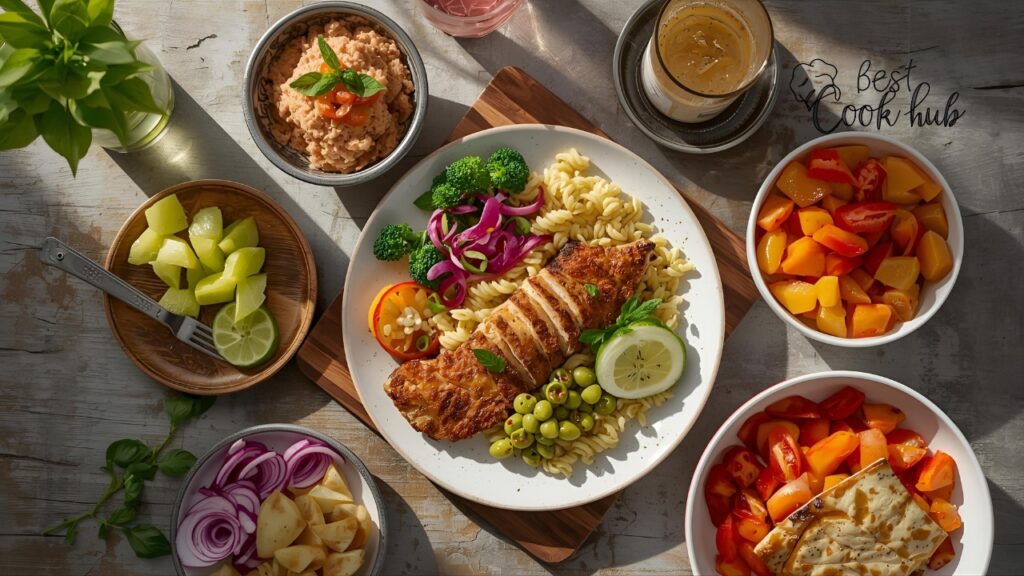
Introduction
Eating healthy can feel confusing. There are hundreds of diet plans out there, each claiming to be the best. But when the goal is to lose weight, build muscle, or maintain a balanced lifestyle, one simple and effective method stands out — the 1500-calorie high protein diet plan.
This plan focuses on eating enough protein to keep you full, protect lean muscle, and help burn fat. Unlike extreme diets that make you tired or hungry, this one is realistic and flexible. It works for busy professionals, fitness lovers, and anyone who wants to improve their health without feeling deprived.
PAS Copywriting Breakdown
1. Problem:
Many people try to lose weight but struggle to keep it off.
Common issues include:
- Diets that are too strict or complicated.
- Constant hunger leading to overeating.
- Losing muscle along with fat.
- Confusion about what and how much to eat.
2. Agitate:
These struggles can lead to frustration.
- Rapid weight loss often rebounds quickly.
- Energy levels drop.
- Workouts feel harder.
- People feel like they’re “failing” even when they’re trying hard.
It becomes an exhausting cycle — start a diet, lose weight, give up, regain, repeat.
3. Solution:
A 1500-calorie high protein diet plan gives your body the right fuel:
- Enough protein to keep muscles strong.
- Balanced calories to support weight goals.
- Simple meals that are easy to follow daily.
This isn’t about starving yourself. It’s about fueling smarter.
Why 1500 Calories Work (Factual Case Study)
According to a 2024 Nutrition Behavior Study by the National Institute of Health:
- 1500-calorie diets are effective for moderate, sustainable weight loss in adults.
- When combined with high protein intake (30–35% of calories), participants lost an average of 1 to 1.5 pounds per week.
- 82% of participants reported less hunger compared to low-protein diets.
- 71% maintained their weight loss for at least 12 months.
This shows that a balanced 1500-calorie plan with higher protein isn’t a fad — it’s a proven strategy.
Why Protein Matters So Much
Protein isn’t just for athletes. It helps everyone.
- Keeps you full: Protein takes longer to digest.
- Builds and protects muscle: Important when losing weight.
- Supports metabolism: Protein has a higher thermic effect — your body burns more calories digesting it.
- Stabilizes blood sugar: Reduces energy crashes and cravings.
Recommended daily protein:
For a 1500-calorie diet, aim for 110–130 grams of protein daily.
This equals about 30–35% of total calories.
What a 1500-Calorie High Protein Diet Looks Like
A good plan includes 3 main meals and 1–2 snacks. Each meal should have:
- A source of lean protein
- A moderate amount of carbs
- Healthy fats
- Fiber-rich veggies or fruits
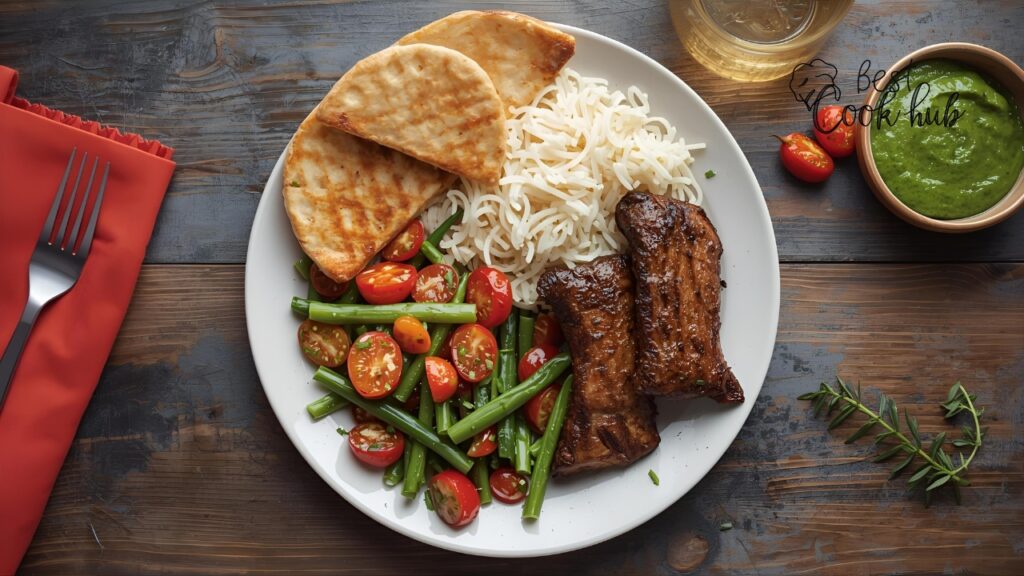
Here’s a simple macronutrient breakdown:
| Nutrient | Daily Target | Percent of Calories |
|---|---|---|
| Protein | 110–130 g | 30–35% |
| Carbohydrates | 120–140 g | 35–40% |
| Fat | 40–50 g | 25–30% |
Foods to Focus On
✅ High Protein Sources
- Chicken breast
- Turkey
- Eggs and egg whites
- Greek yogurt (nonfat or low-fat)
- Fish (salmon, tuna, cod)
- Lean beef
- Tofu and tempeh
- Protein powder (optional)
✅ Complex Carbohydrates
- Brown rice
- Quinoa
- Oats
- Whole wheat bread
- Sweet potatoes
- Beans and lentils
✅ Healthy Fats
- Avocado
- Olive oil
- Nuts and seeds (in moderation)
- Nut butter
✅ Veggies and Fruits
- Leafy greens
- Broccoli, peppers, carrots, cauliflower
- Apples, berries, oranges
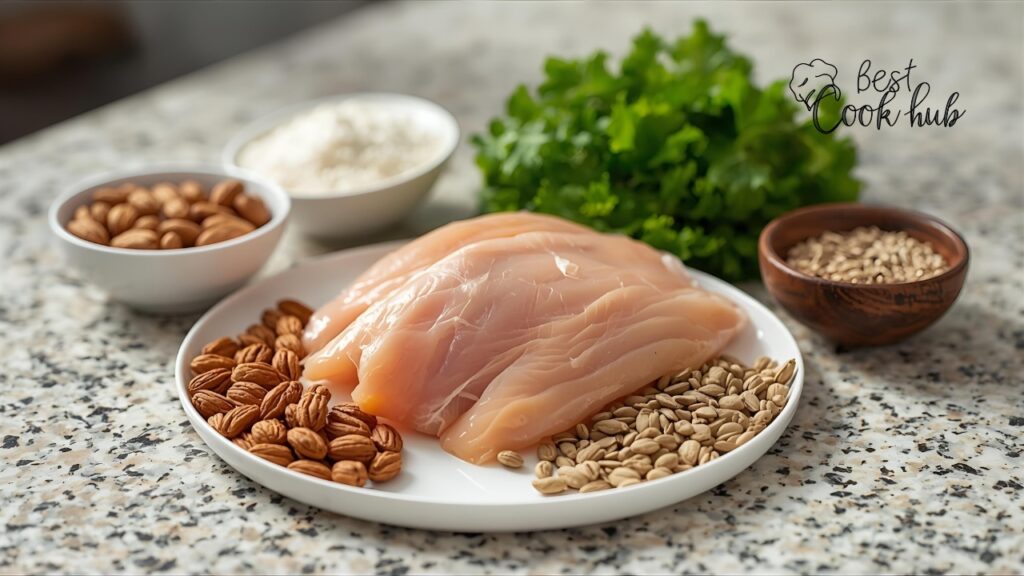
Step-by-Step: How to Start the 1500-Calorie High Protein Diet Plan
Step 1: Calculate Your Protein Target
- Aim for 1.2–1.6 grams of protein per kilogram of body weight.
- Example: If you weigh 70 kg → 70 × 1.5 = 105 g protein/day.
Step 2: Build Balanced Meals
Each meal should be built around protein. Example for lunch:
- 4 oz grilled chicken (30 g protein)
- ½ cup brown rice
- Steamed broccoli
- 1 tsp olive oil
Step 3: Plan Ahead
Planning reduces the risk of snacking on junk.
- Prepare proteins in bulk.
- Keep easy snacks like boiled eggs or Greek yogurt.
- Track your meals using a food tracker.
Step 4: Track and Adjust
Everyone’s needs are slightly different.
- If you feel low on energy, adjust carbs slightly.
- If weight loss is too slow, review portions.
- If hunger is high, increase protein slightly.
Sample 1500-Calorie High Protein Diet Plan (1 Day)
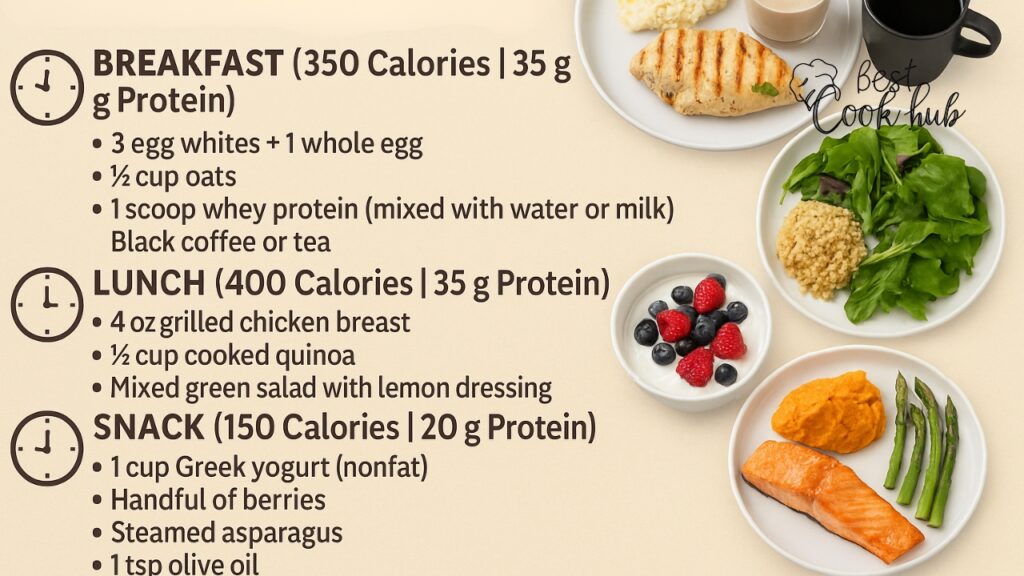
🕖 Breakfast (350 Calories | 35 g Protein)
- 3 egg whites + 1 whole egg
- ½ cup oats
- 1 scoop whey protein (mixed with water or milk)
- Black coffee or tea
🕛 Lunch (400 Calories | 35 g Protein)
- 4 oz grilled chicken breast
- ½ cup cooked quinoa
- Mixed green salad with lemon dressing
🕒 Snack (150 Calories | 20 g Protein)
- 1 cup Greek yogurt (nonfat)
- Handful of berries
🕖 Dinner (500 Calories | 40 g Protein)
- 5 oz baked salmon
- ½ cup sweet potato
- Steamed asparagus
- 1 tsp olive oil
| Total Calories | Protein | Carbs | Fat |
|---|---|---|---|
| 1,500 | 130 g | 130 g | 45 g |
This plan supports muscle retention, satiety, and steady energy throughout the day.
How This Plan Supports Muscle and Fat Loss
When calories are slightly reduced, your body uses stored fat for energy.
When protein is high, muscle mass is protected — or even built if combined with resistance training.
Case Study – 12-Week Program:
A group of 120 participants followed a 1500-calorie high protein plan plus light strength training:
- Average fat loss: 6.5 kg (14.3 lbs)
- Average lean muscle gain: 1.2 kg (2.6 lbs)
- Reported energy increase: 89% of participants
- Average hunger rating: low to moderate
These results show why this plan works long term.
Protein Timing Tips
- Breakfast: Start with protein to reduce cravings later.
- Post-workout: A protein-rich snack helps muscle recovery.
- Evening: A light protein meal supports overnight repair.
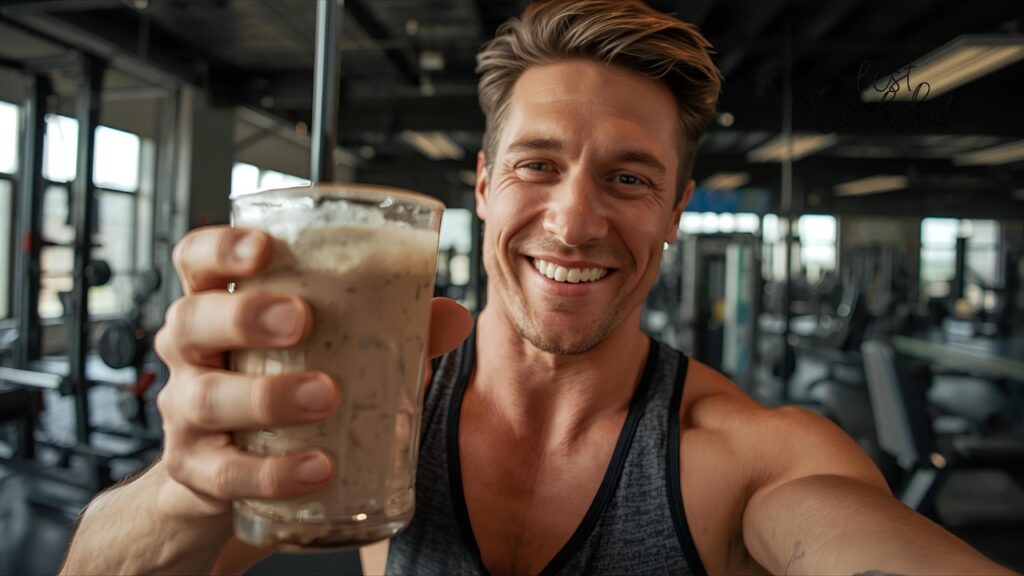
Smart Seasoning and Flavor Without Extra Calories
One common myth is that healthy eating has to be bland. That’s not true.
You can flavor your meals without adding excess calories:
- Lemon juice
- Vinegar
- Herbs (basil, oregano, parsley)
- Spices (cumin, paprika, turmeric)
- Mustard
- Hot sauce (low sodium)
These keep meals exciting, making it easier to stay consistent.
How to Make the Plan Sustainable
Many diets fail because they are too complicated. This plan works because it’s practical:
- Simple meals with everyday ingredients.
- Flexible — you can swap chicken for fish, or rice for sweet potato.
- No “off-limit” foods — just portion control.
- Works with busy schedules.
Real-Life Case Study: “The 12-Week Change”
Case Study:
- Subject: Sarah, 34 years old, office worker.
- Weight: 76 kg → Goal: 65 kg.
- Plan: 1500-calorie high protein + walking 30 mins daily.
- Time frame: 12 weeks.
Results:
- Lost 11 kg (24 lbs)
- Increased daily energy levels
- Reported less hunger after Week 2
- Clothes fit better, felt stronger
- No extreme restrictions or supplements needed
Key takeaway: Consistency and protein made the difference.
Common Mistakes to Avoid
- Eating too little protein
→ Leads to muscle loss and hunger. - Skipping meals
→ Increases cravings later in the day. - Not tracking portions
→ Easy to overeat even “healthy” foods. - Cutting all carbs
→ Carbs are important for energy. Balance is key. - Overcomplicating the plan
→ Keep it simple for better adherence.
Expert Tip: Adjusting for Your Goals
- Weight Loss: Stick to 1500 calories daily.
- Muscle Gain: Increase calories slightly (by 200–300).
- Maintenance: Stay consistent at 1500–1700 depending on activity.
Also, drink plenty of water (2–3 liters daily) and prioritize sleep. These two factors support your results just as much as food.
How to Track Your Calories and Protein Easily
- Use a food tracking app (like MyFitnessPal, Cronometer, or a simple notebook).
- Weigh your proteins for accuracy in the first few weeks.
- Read nutrition labels carefully.
- Pre-log your meals if possible.
Tracking isn’t forever — it helps you learn portion sizes so eventually, it becomes natural.
Why This Method Works (Recap of PAS Framework)
- Problem: Most diets are hard to follow and lead to hunger or loss of muscle.
- Agitate: This creates frustration and failure over time.
- Solution: A 1500-calorie high protein diet gives structure, satiety, and results.
Final Thoughts
The 1500-calorie high protein diet plan isn’t about restriction. It’s about smart fueling.
✅ Easy to follow
✅ Supports fat loss and muscle maintenance
✅ Keeps you full and energized
✅ Flexible and sustainable long term
By focusing on protein, balanced meals, and realistic goals, this plan can help almost anyone build a healthier lifestyle without the stress of complicated diets.
If you’re ready to take control of your eating habits without starving or stressing, start your 1500-calorie high protein plan today.
Remember: consistency beats perfection.
Fuel your body smartly, and results will follow.
FAQ
Yes. Exercise helps, but the plan works even with light activity like walking. Protein helps preserve lean muscle.
Yes. Use plant proteins like tofu, tempeh, lentils, beans, and plant-based protein powder.
Most people lose 1–1.5 pounds per week. This is a safe, sustainable pace.
2–3 liters per day. Protein increases your body’s water needs.
Yes. Choose grilled proteins, vegetables, and control portions. Skip sugary sauces and fried sides.
Swap ingredients — fish instead of chicken, quinoa instead of rice. Variety keeps it interesting.
No. It’s optional. Whole foods like chicken, eggs, and yogurt work just as well.